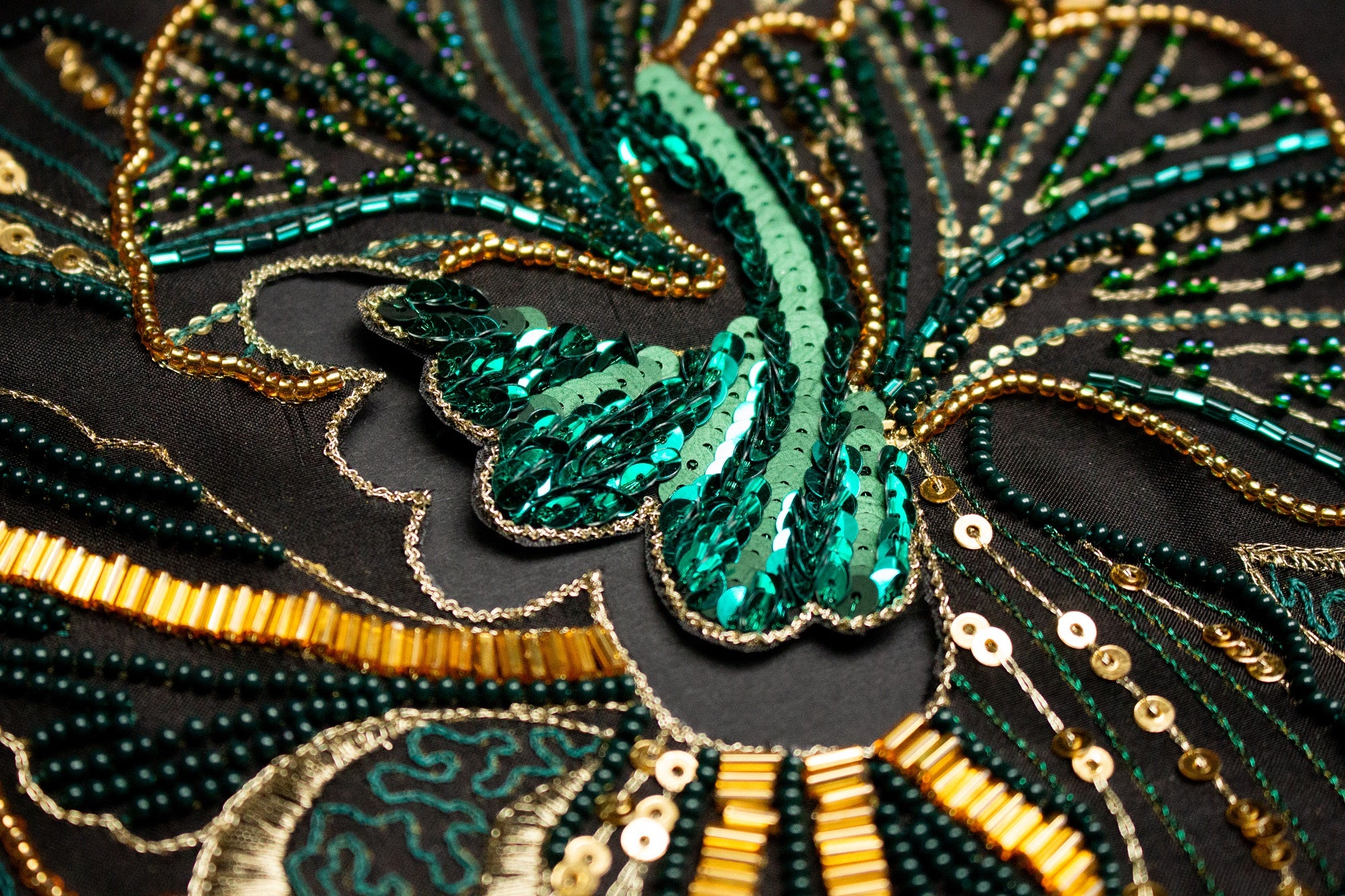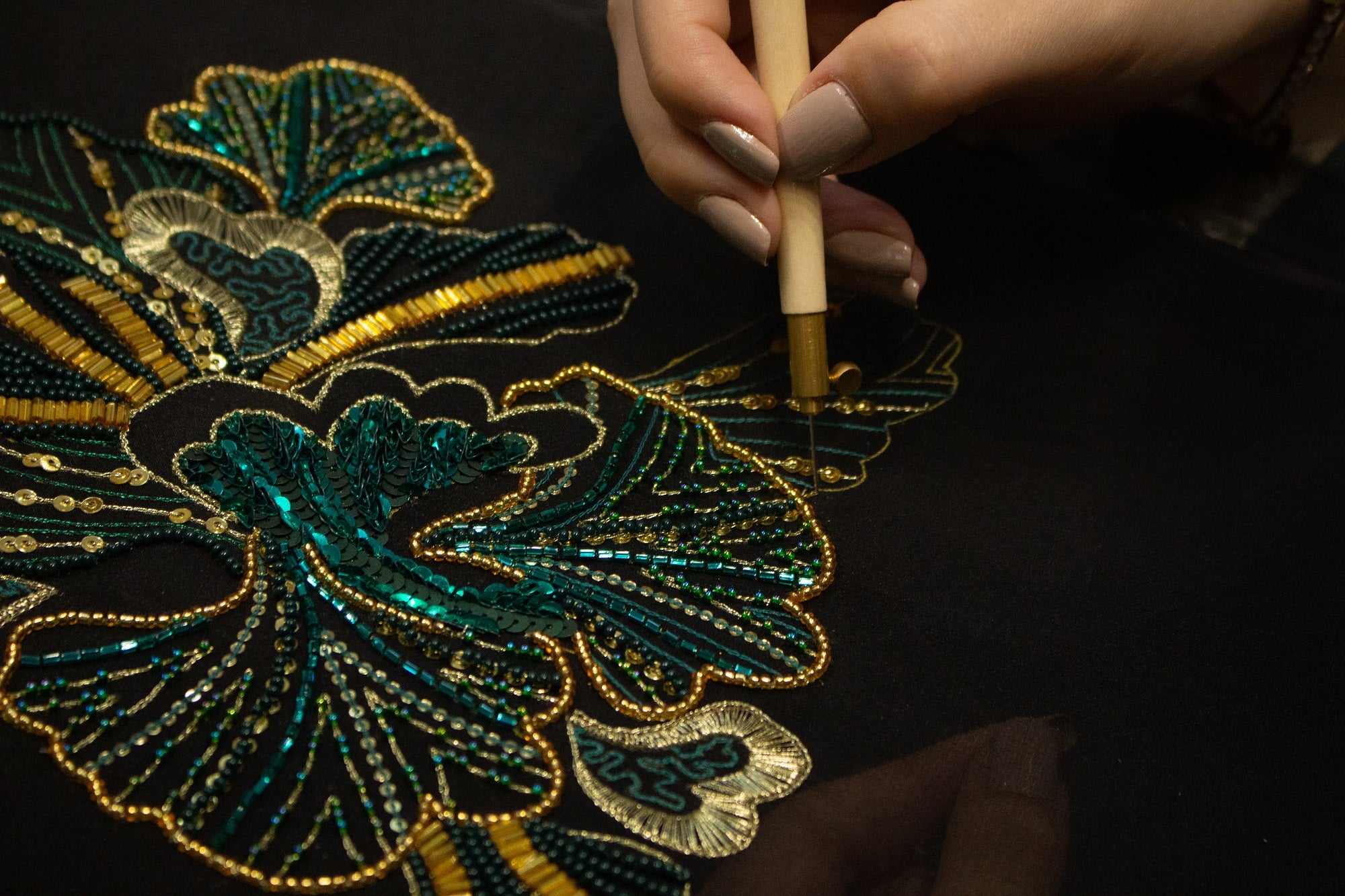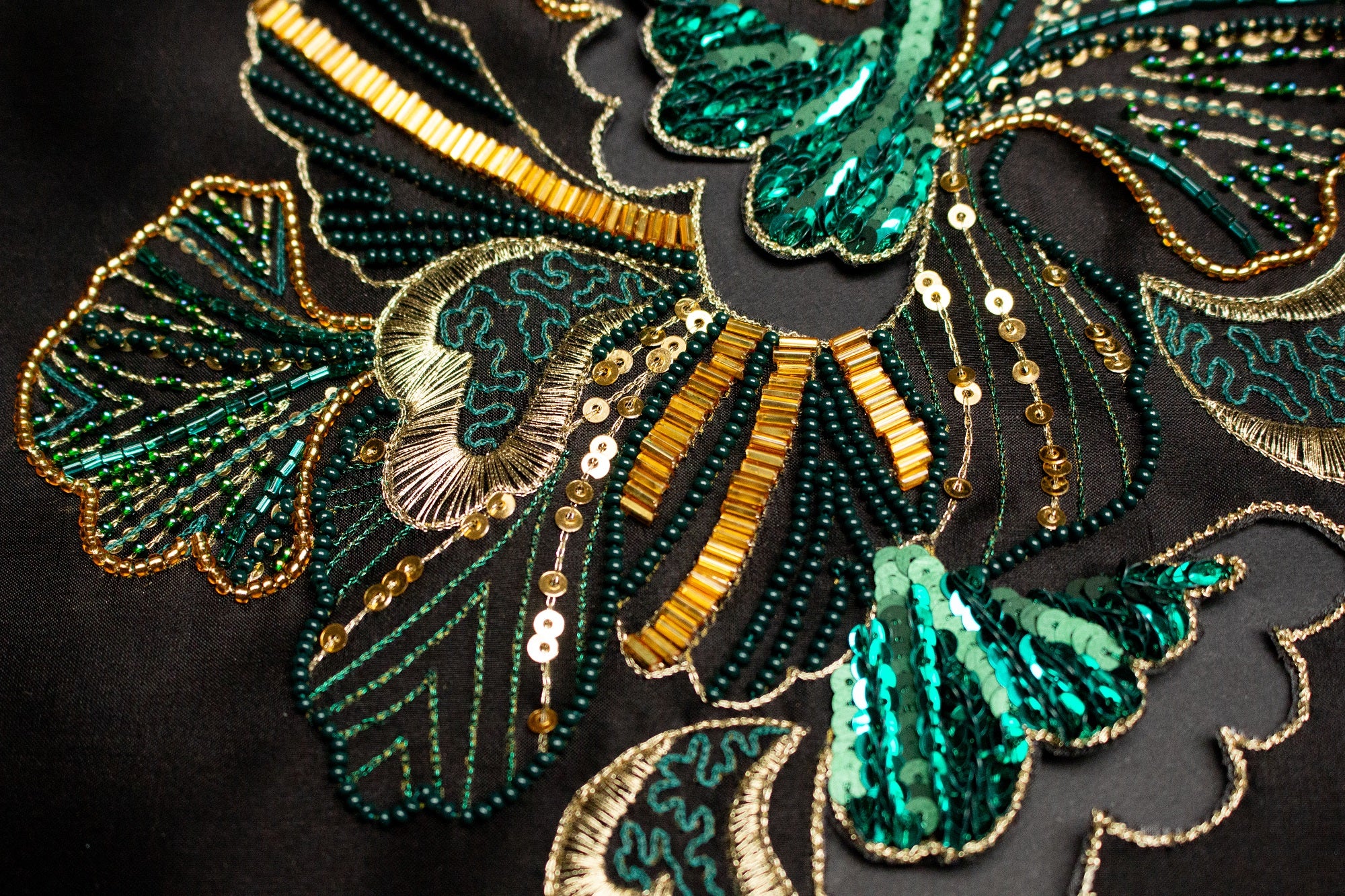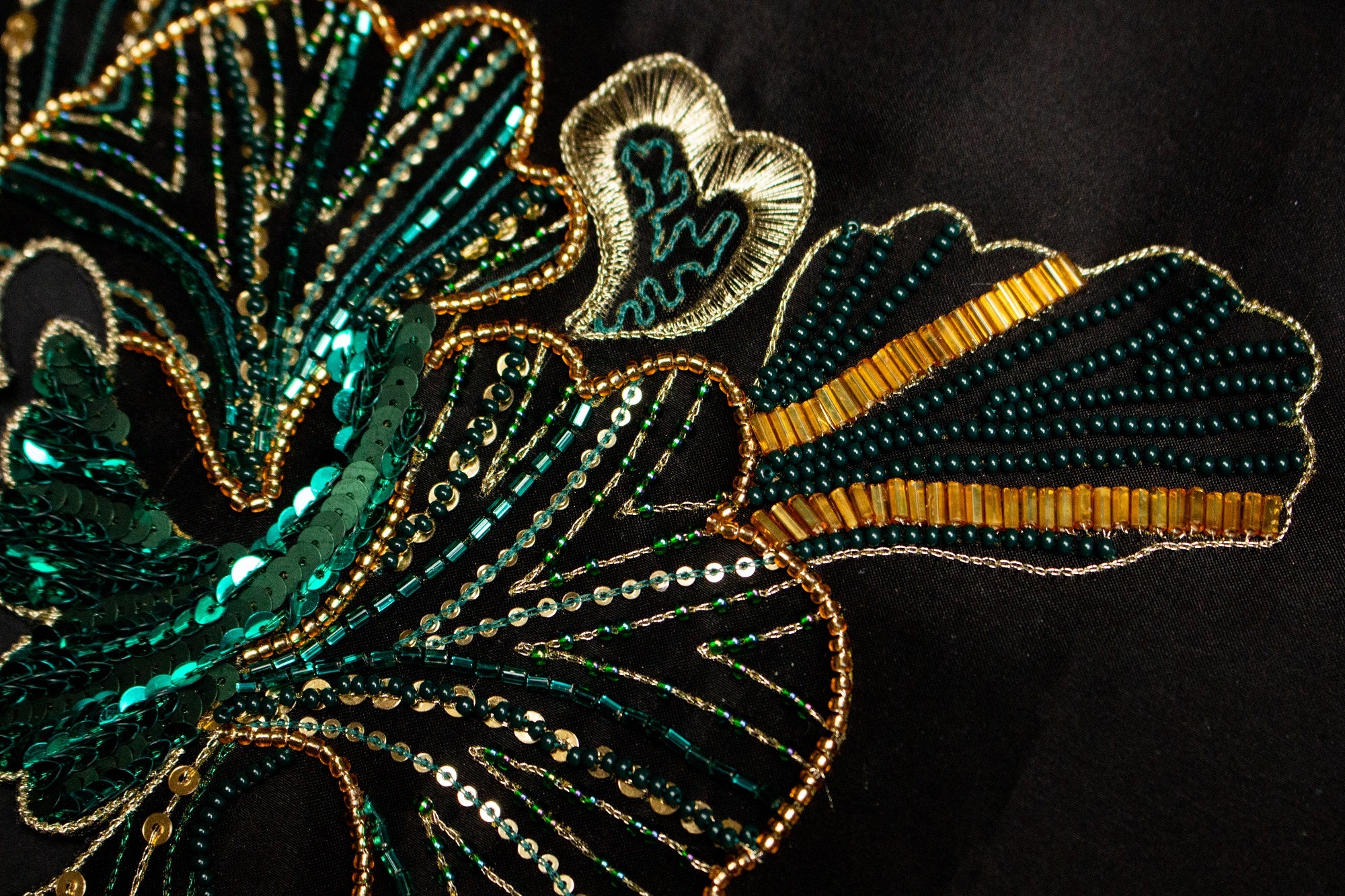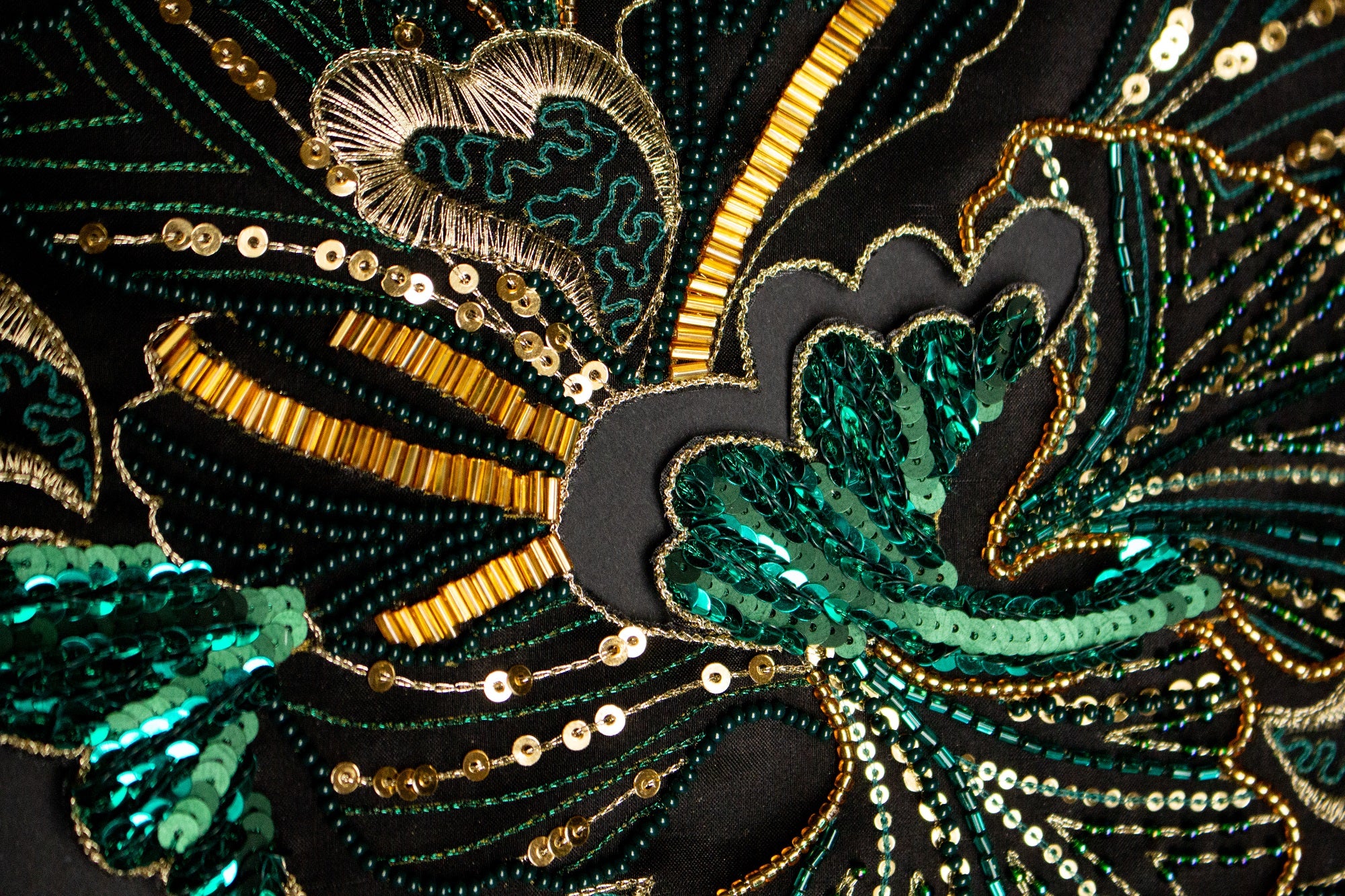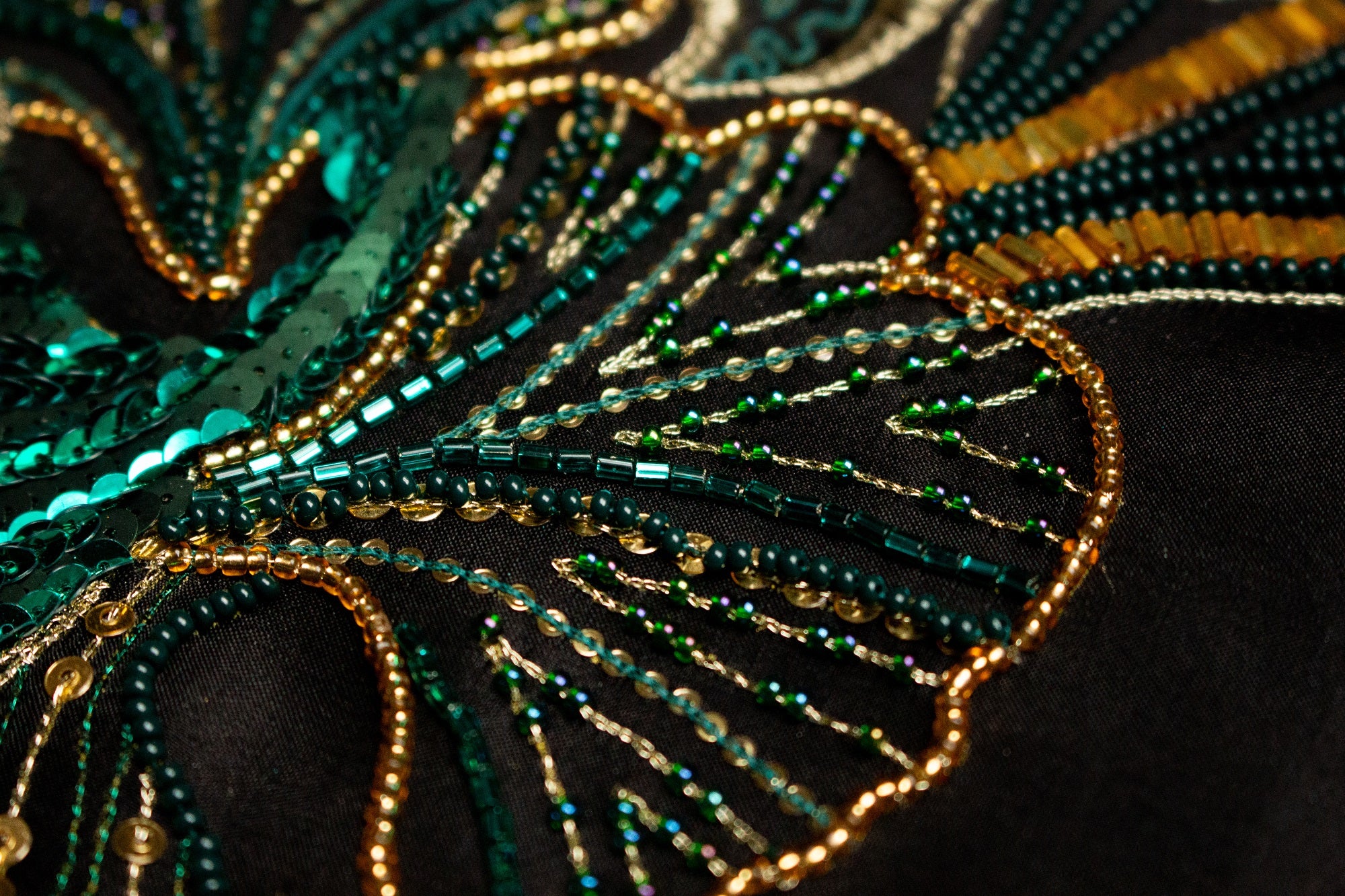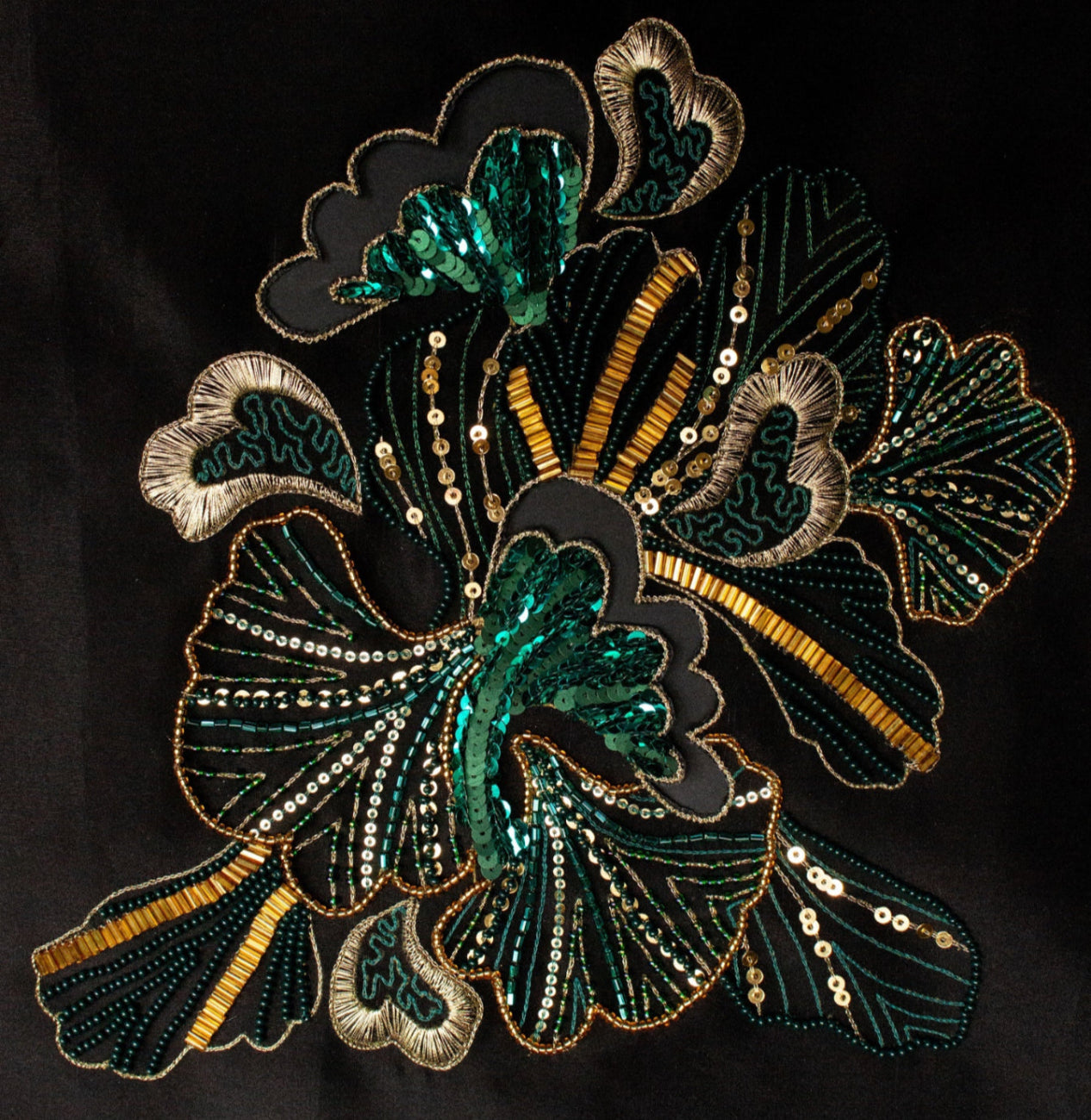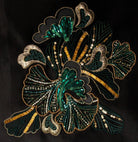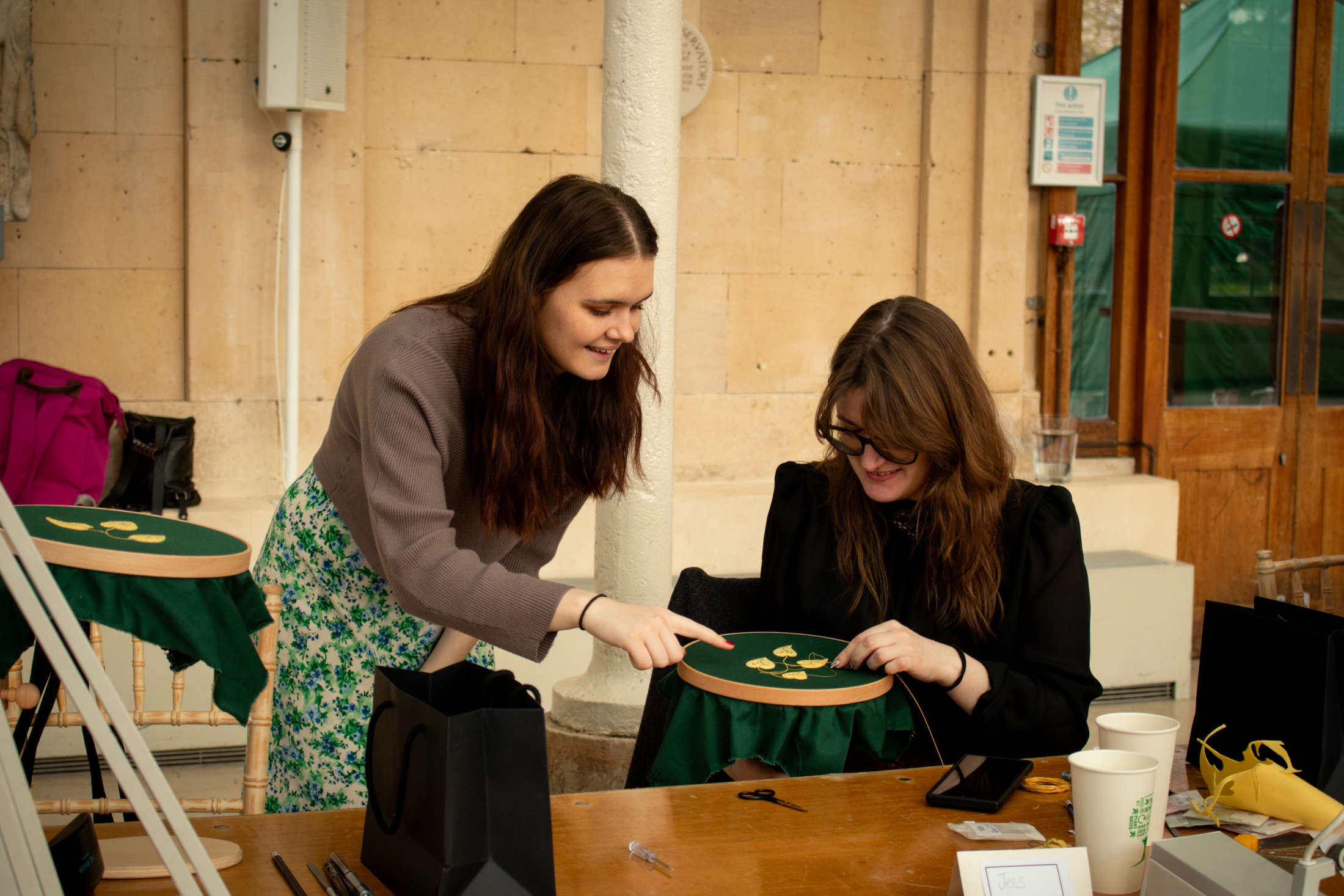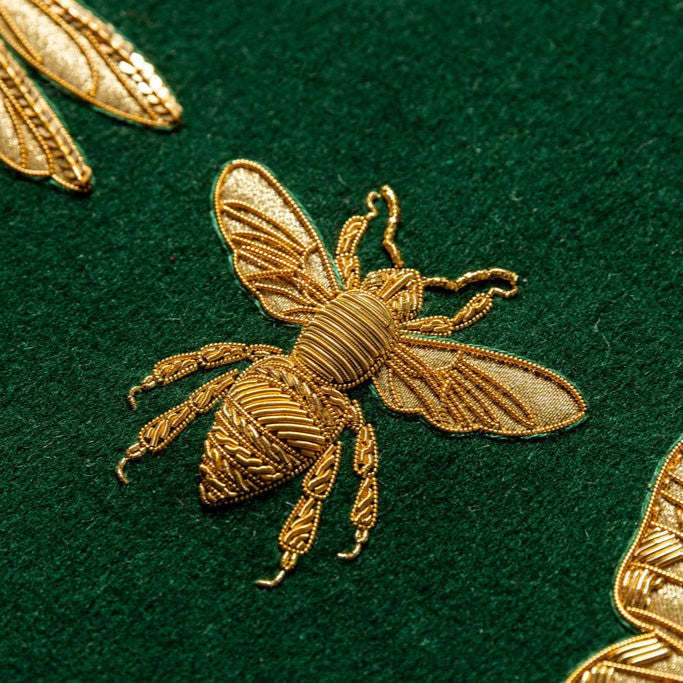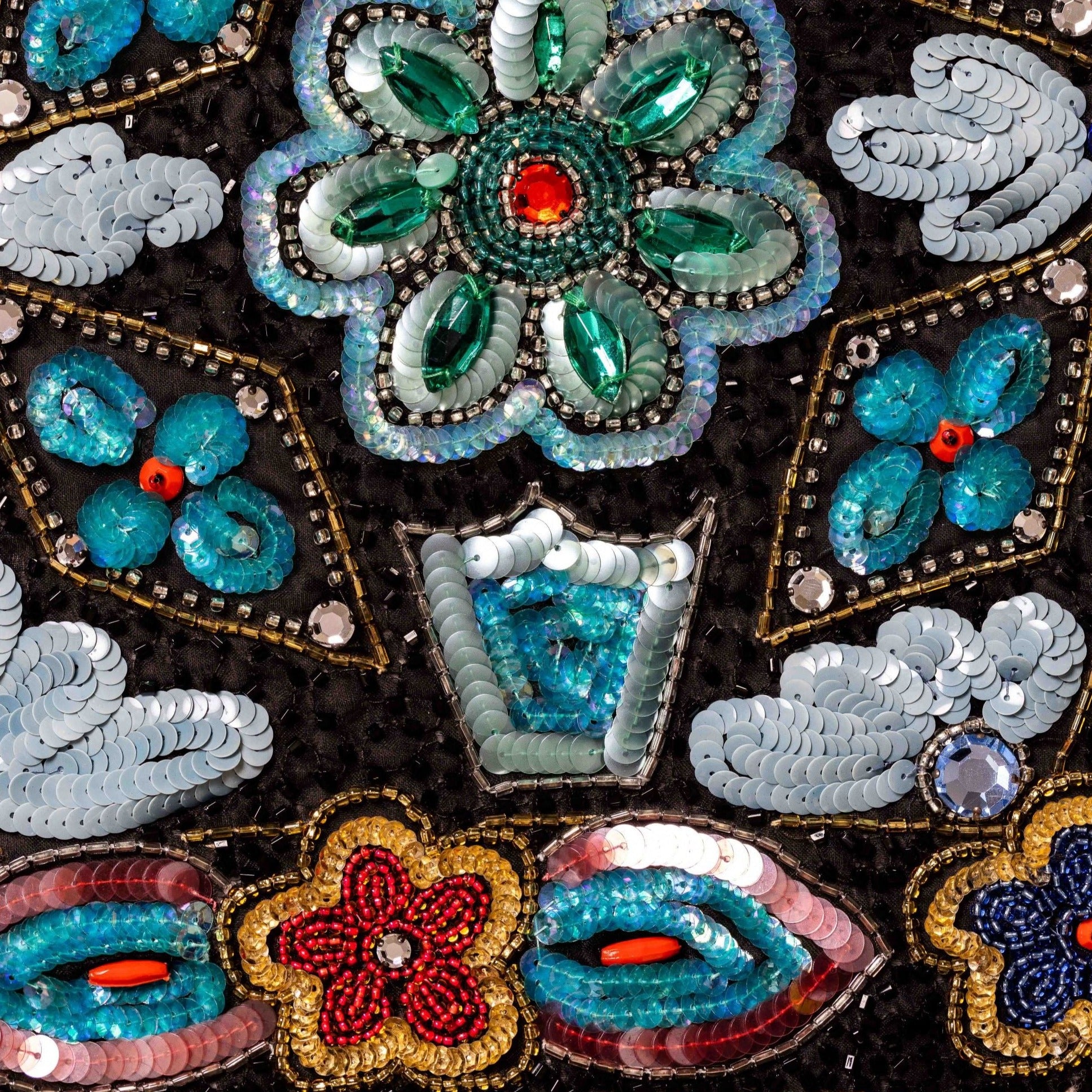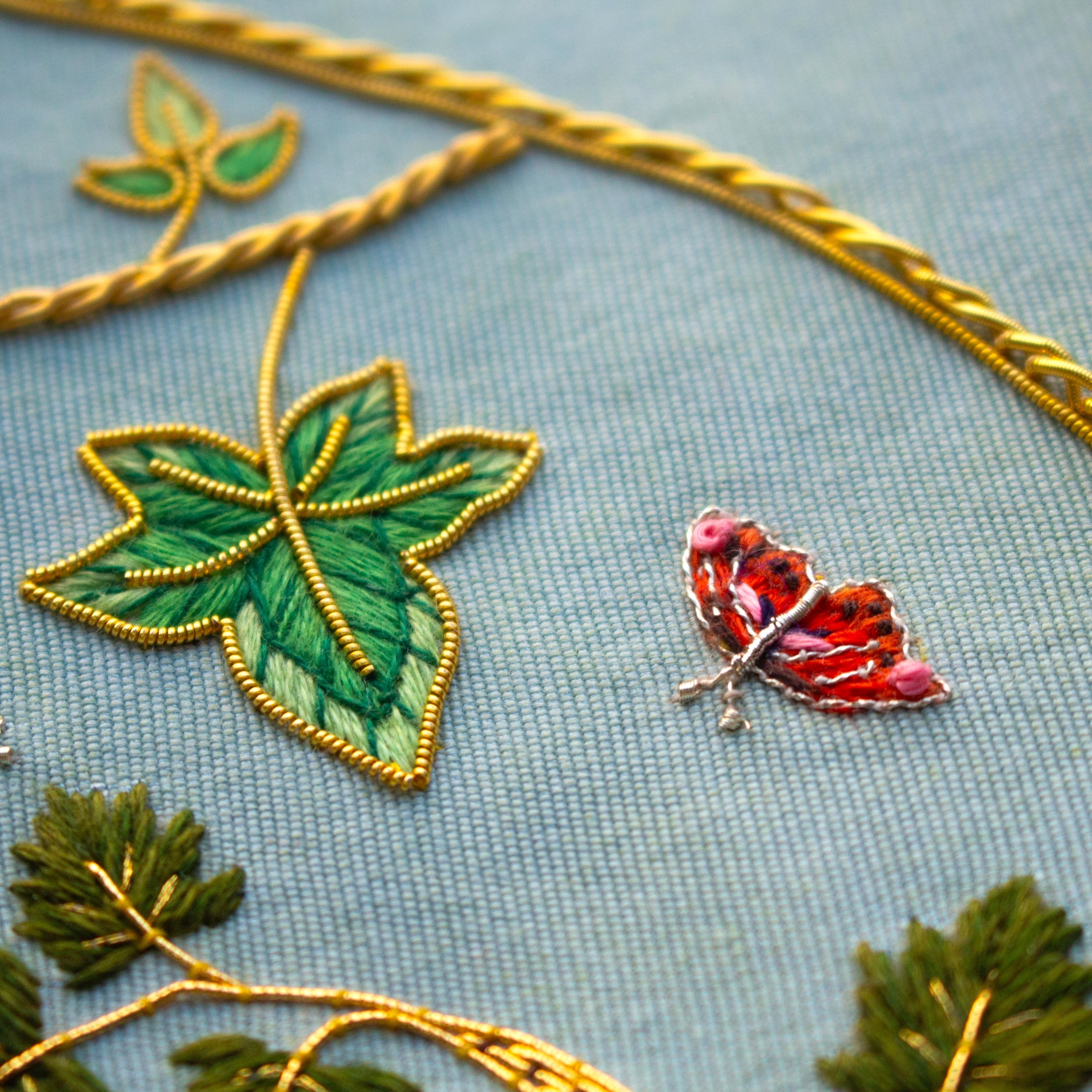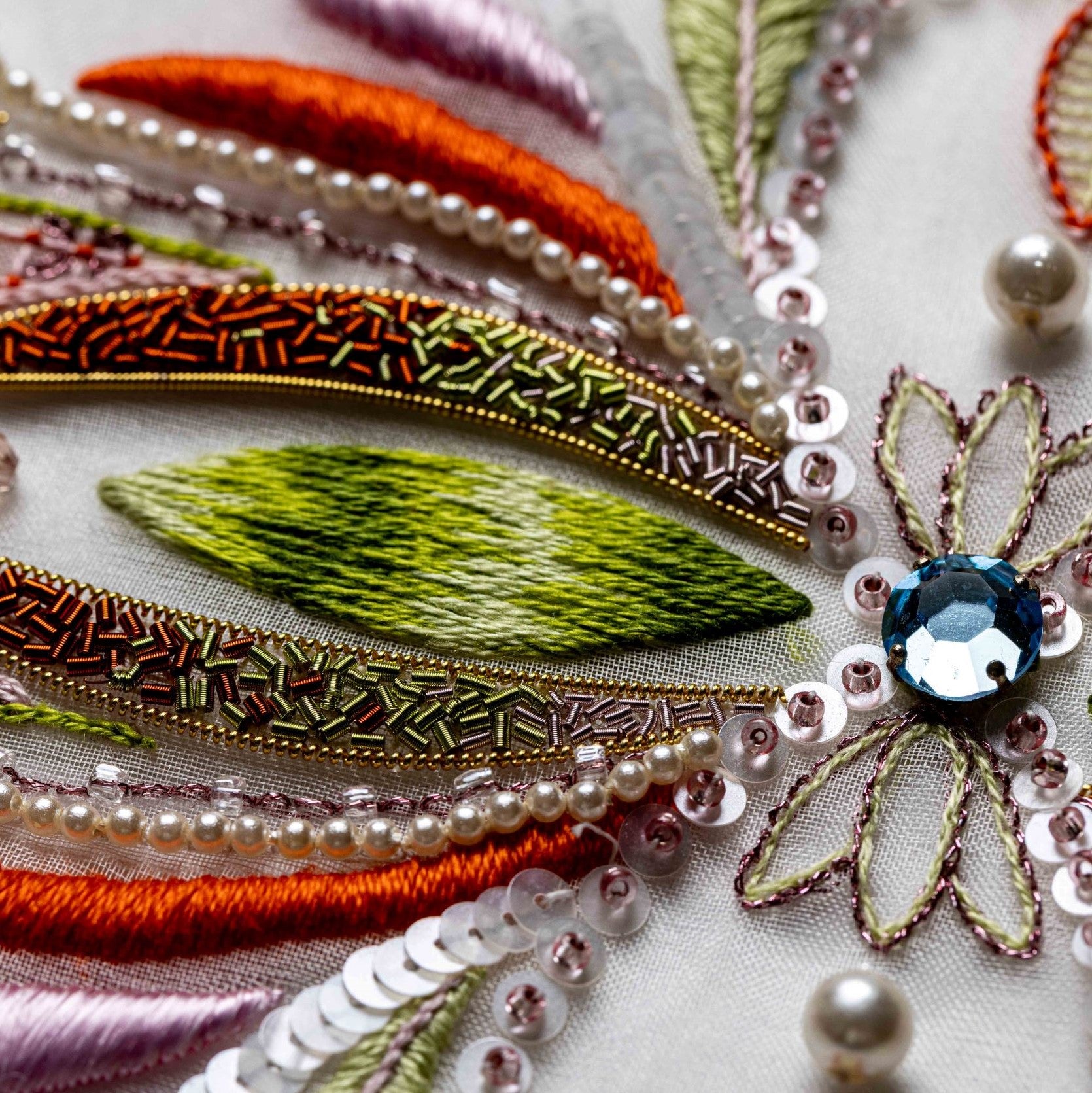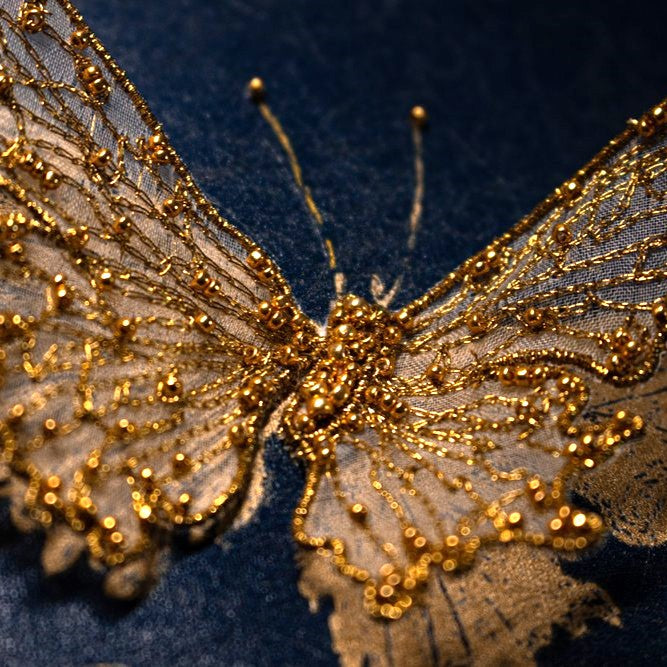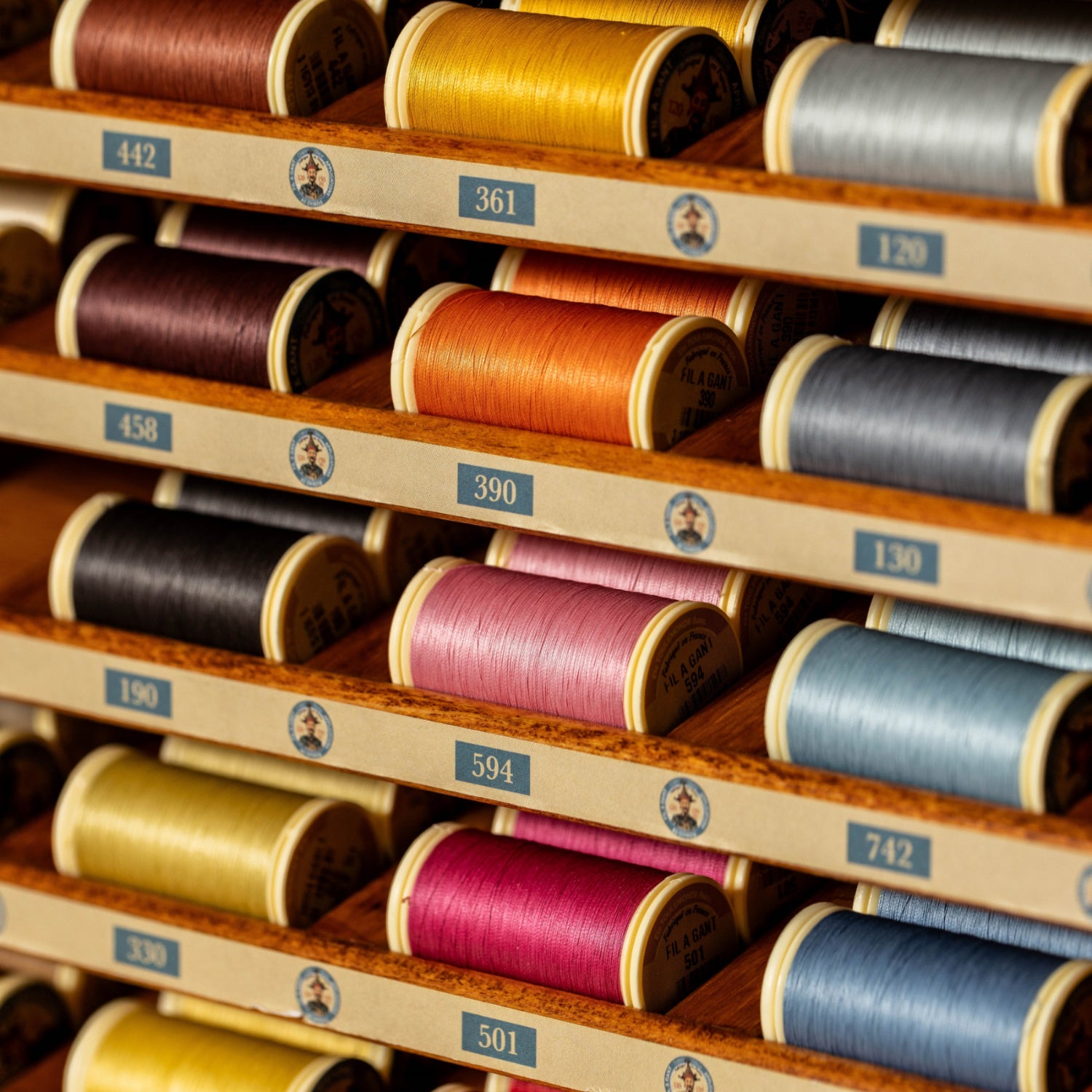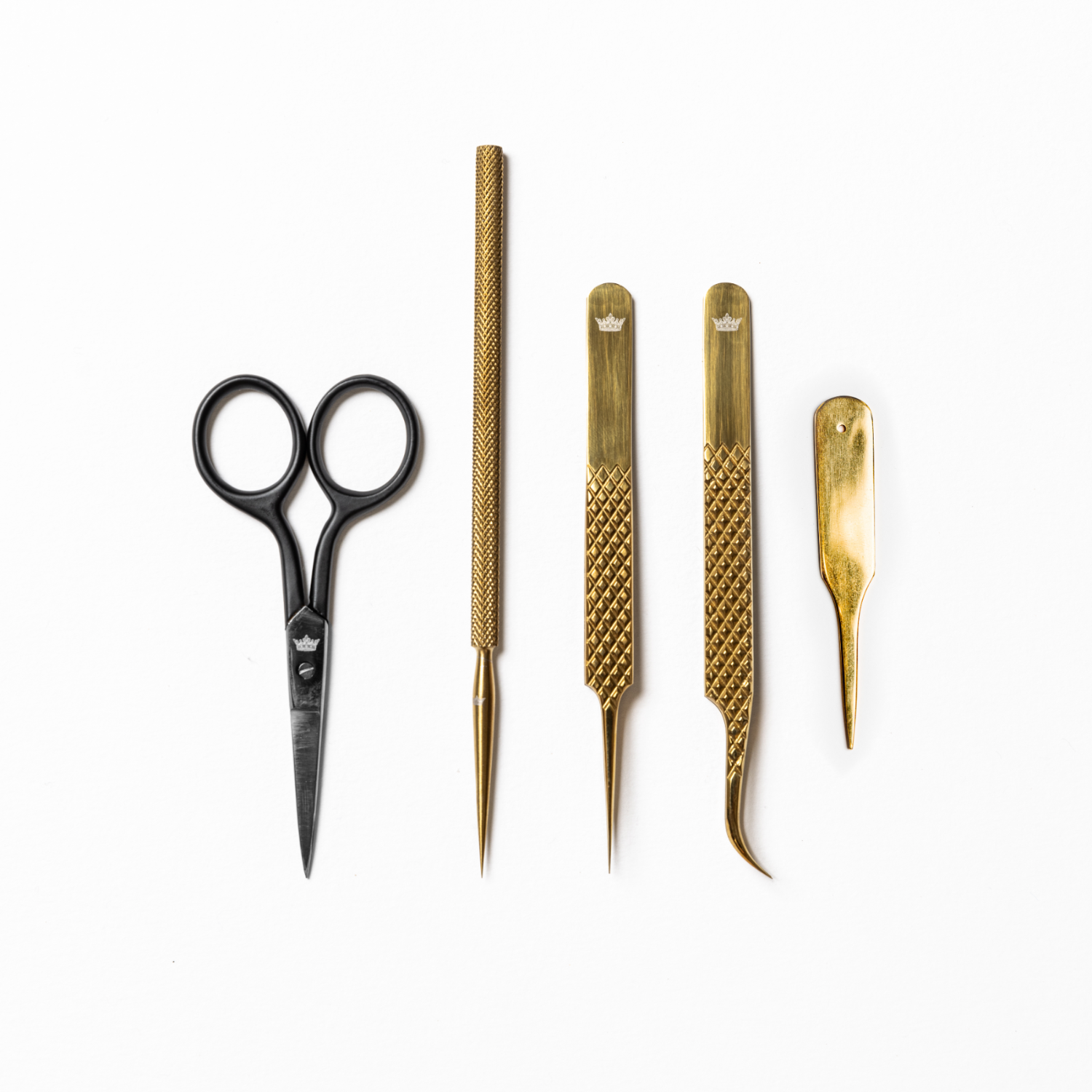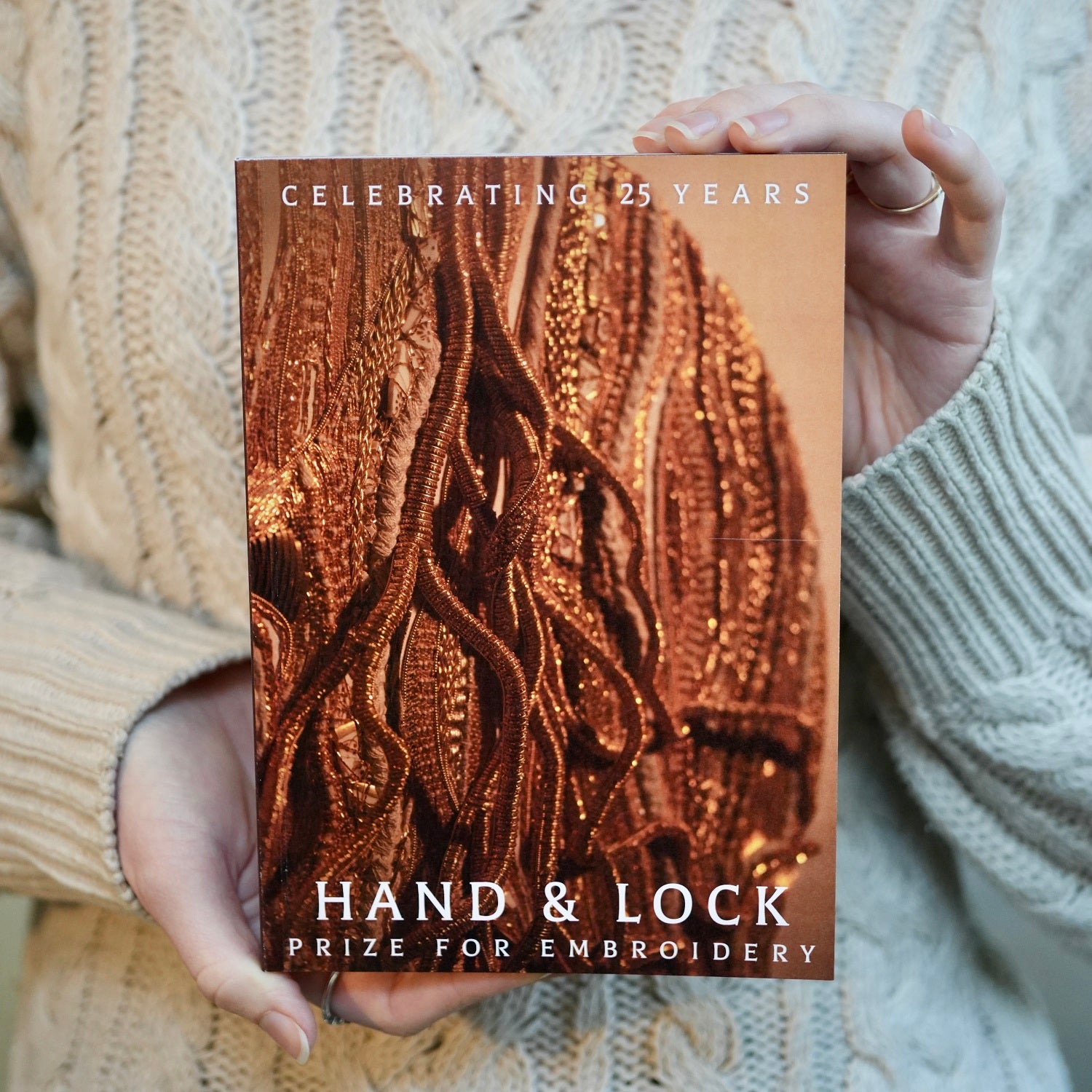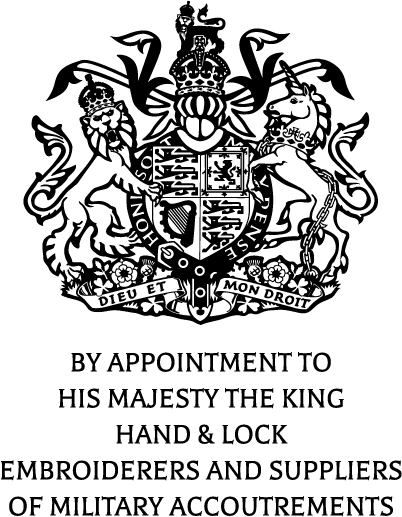Spaces are limited on all of our embroidery courses, book now to avoid disappointment
Couture Tambour Beading for Fashion
Couldn't load pickup availability
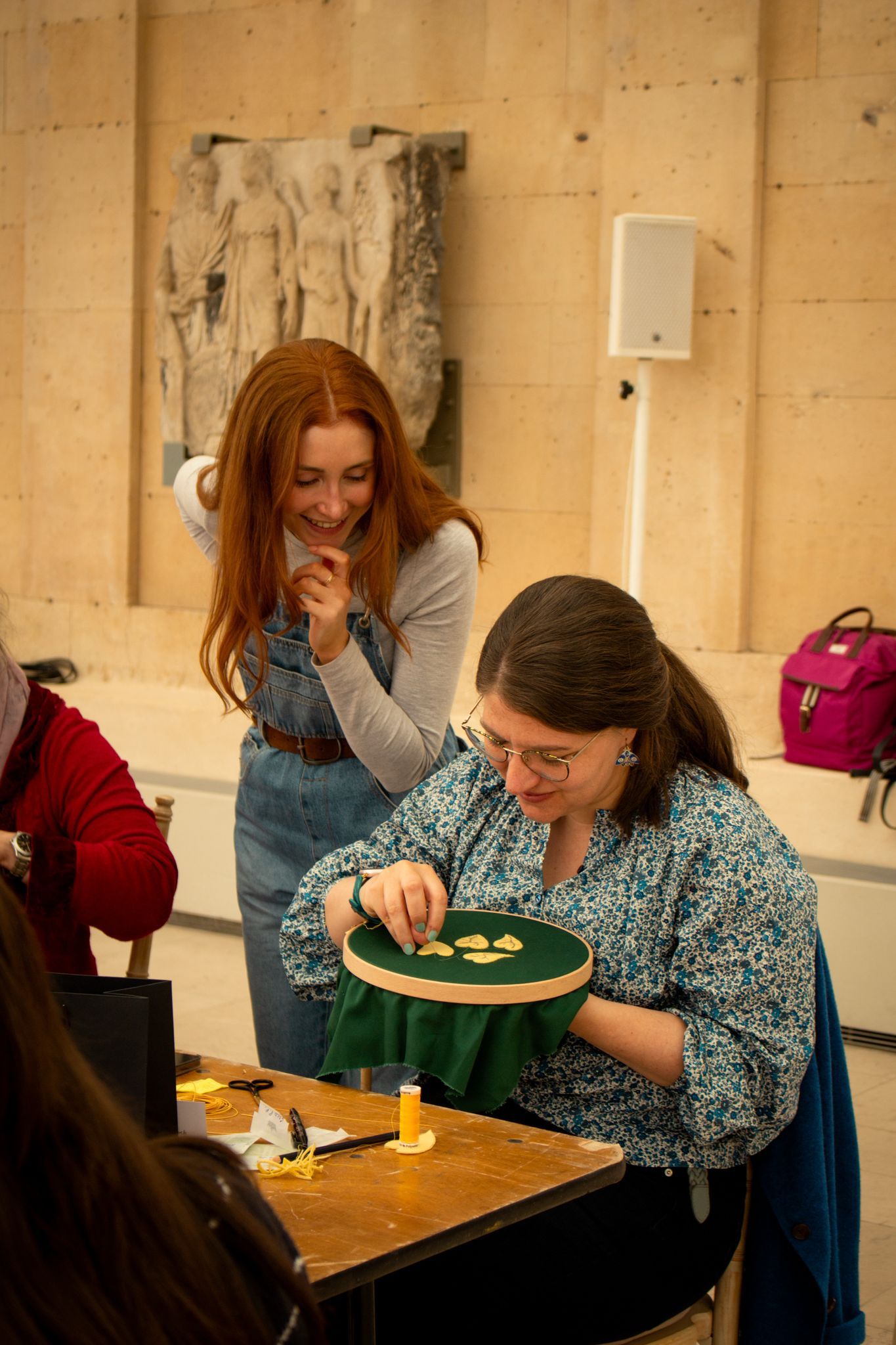
How the Course Works
Technical Information
Our online courses are delivered via Zoom using a high-quality visualiser for close-up stitching. We record each session so you can catch up or revise later. You’ll also be added to a dedicated WhatsApp group, where students and tutors can connect, share photos, ask questions and cheer each other on.
See our guide to downloading Zoom and WhatsApp here
All courses are run on UK time, please check here for help converting to another time zone.
Shipping Information
All of the materials for your course will be shipped to you, unless otherwise stated in the product description.
UK Shipping - Parcels will be sent via Royal Mail Tracked 2 weeks to 3 days before the course start date.
International Shipping - Parcels are shipped via express courier 2 weeks before the course start date, at the latest. If you book in the 2 week window, we cannot guarantee on-time delivery.
Additional Items in Your Order - If you place an order that includes both your course and other shop items, these will all be shipped together with your kit. If you would like non-course items sooner, please place a separate order.
PO Boxes / Third Party Couriers - Please do not use PO Boxes or third-party courier addresses. Hand & Lock cannot be held responsible for delays, lost parcels or additional costs.
Please be sure to double check your shipping address and email
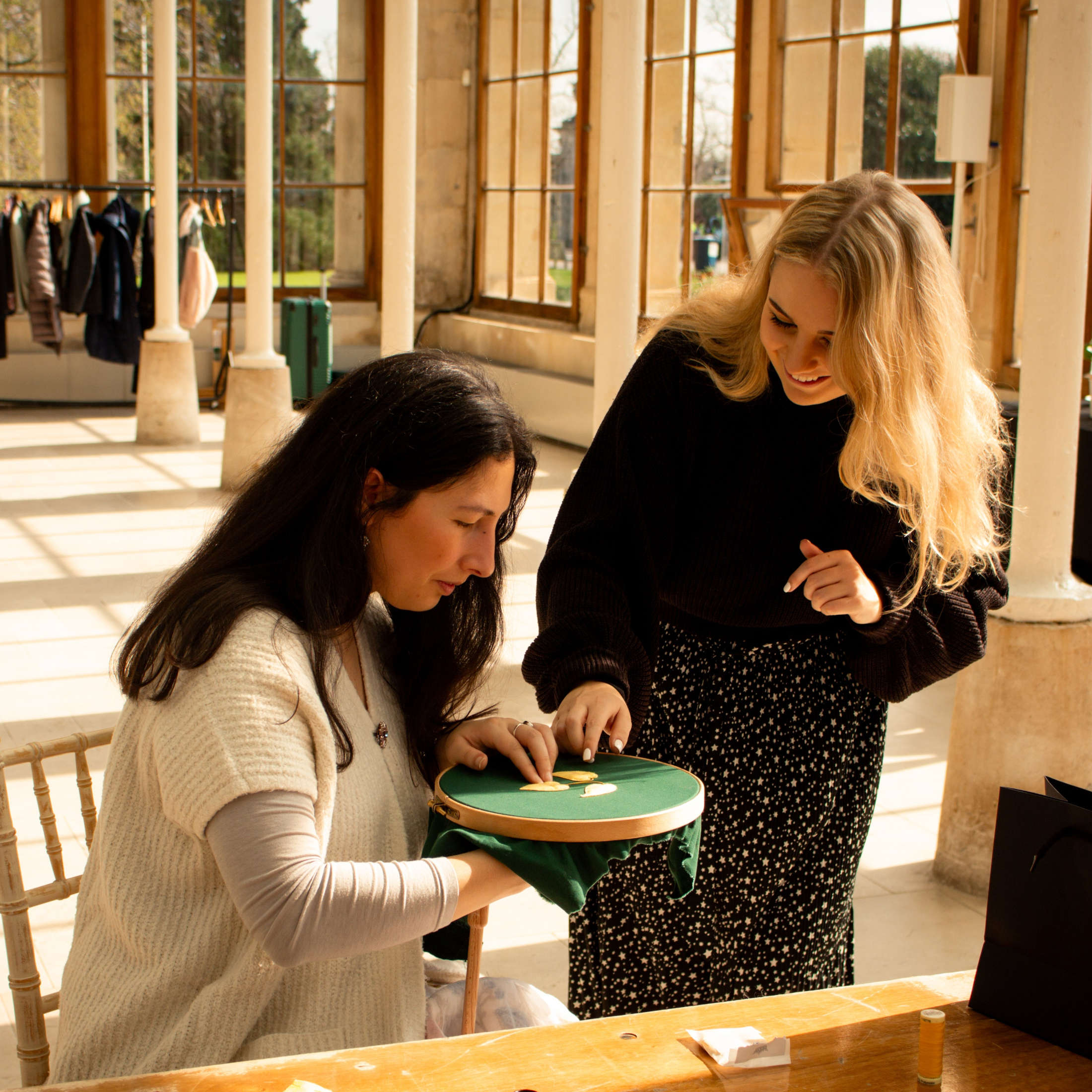
Teaching Style
Hand & Lock’s embroidery courses are known for their welcoming, student focused atmosphere where students of all levels quickly feel part of the Hand & Lock community. With small class sizes and tutors who are attentive and personable, everyone receives the guidance and encouragement they need to reach their creative goals. Our teaching style is approachable and down to earth and we go out of our way to share knowledge while celebrating each student’s progress. What makes the School so special is the community that grows around it, supportive, creative and often leading to friendships that last well beyond the classroom. The friendships and support that grow here are often just as valuable as the skills you learn.


